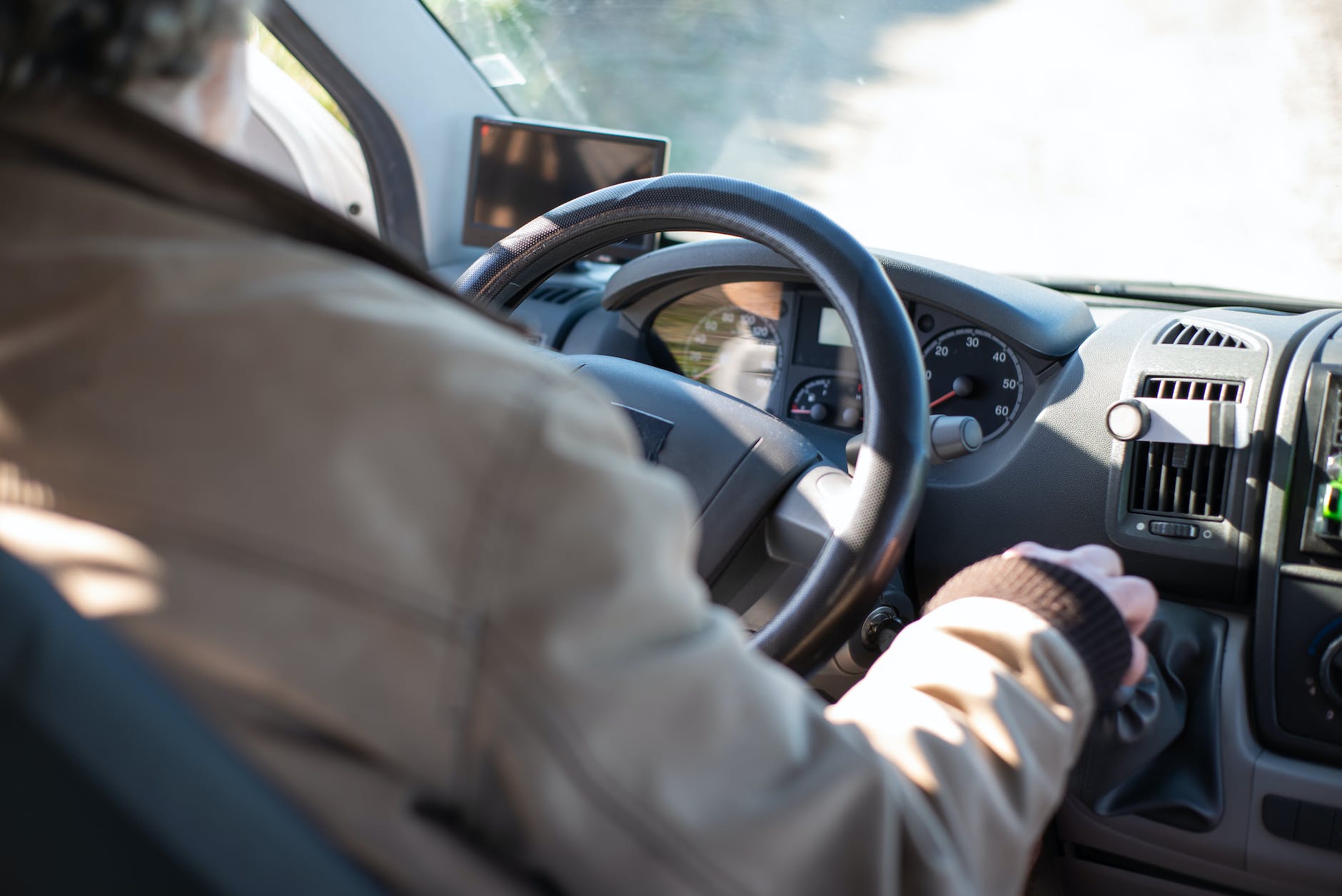
Traffic Control in Work Zones: Navigating Safety Through Signage and Communication
Introduction
Work zones on roadways are a common sight, often accompanied by the necessary adjustments in traffic patterns. Ensuring the safety of both workers and motorists in these zones is paramount. Traffic control plays a crucial role, with effective signage and communication being the cornerstones of a secure work zone. This article explores the significance of traffic control in work zones, emphasizing the role of signage and communication for a smooth and safe flow of traffic.
Importance of Traffic Control in Work Zones
- Worker Safety
- Visibility: Proper traffic control measures enhance the visibility of workers to approaching motorists.
- Reduced Accidents: Clear communication reduces the risk of accidents involving workers and vehicles.
- Motorist Safety
- Predictability: Well-marked work zones provide motorists with predictable traffic patterns.
- Reduced Confusion: Clear signage helps drivers navigate changes in the road layout, minimizing confusion.
- Efficient Traffic Flow
- Minimized Delays: Effective traffic control prevents unnecessary delays for motorists passing through work zones.
- Optimized Routes: Proper communication helps redirect traffic efficiently, optimizing routes for both local and through traffic.
Key Components of Traffic Control in Work Zones
- Advanced Warning Signs
- Early Notification: Placing signs well in advance informs motorists about upcoming work zones.
- Clear Instructions: Signs should provide clear instructions on speed limits, lane closures, and potential hazards.
- Channelizing Devices
- Guiding Traffic Flow: Cones, barrels, and barricades channelize traffic and guide vehicles through the designated path.
- Visual Clarity: Devices should be highly visible, especially during low-light conditions.
- Flagging Operations
- Controlled Interactions: Trained flaggers control traffic at specific points, ensuring a safe flow.
- Clear Communication: Flaggers use standardized signals and communication to convey instructions to motorists.
- Variable Message Signs (VMS)
- Dynamic Messaging: VMS provide real-time information to motorists about changing conditions.
- Emergency Notifications: VMS can relay emergency messages and detour information.
- Temporary Traffic Signals
- Regulated Traffic Flow: Signals at work zones control the flow of traffic, especially at intersections.
- Safety Enhancement: Signals enhance safety by preventing conflicts between vehicles and pedestrians.
Communication Strategies for Work Zones
- Public Awareness Campaigns
- Informing the Public: Prioritize informing the public about upcoming work zones through campaigns.
- Media Engagement: Utilize various media channels to reach a broader audience.
- Coordinated Communication
- Collaboration: Foster communication between transportation agencies, law enforcement, and the public.
- Consistent Messages: Ensure consistent messaging across all communication channels.
- Digital Platforms
- Online Updates: Utilize websites and mobile apps to provide real-time updates on work zone status.
- Social Media Engagement: Leverage social media for quick dissemination of information.
- Community Engagement
- Open Forums: Conduct community meetings to address concerns and gather feedback.
- Q&A Sessions: Engage with the community through question-and-answer sessions.
Training and Certification for Traffic Control Personnel
- Flagger Training Programs
- Standardized Training: Implement standardized training programs for flaggers.
- Regular Refreshers: Conduct regular refresher courses to keep flaggers updated on best practices.
- Equipment Operation Training
- Competency Assurance: Ensure personnel are trained to operate channelizing devices and traffic signals.
- Hands-On Exercises: Include hands-on exercises to simulate real-world scenarios.
- Emergency Response Protocols
- Preparedness: Train personnel in emergency response protocols for unexpected situations.
- Communication Skills: Emphasize effective communication during emergencies.
Conclusion
Traffic control in work zones is a collaborative effort involving infrastructure, communication strategies, and well-trained personnel. By prioritizing safety through advanced warning signs, channelizing devices, and effective communication, work zones can become safer environments for both workers and motorists. Coordinated efforts, public awareness campaigns, and training programs contribute to a seamless traffic flow and accident-free work zones.
How to Validate Root Cause in Six Sigma
Root Cause Analysis Tools in Six Sigma
Process of Root Cause Analysis
Frequently Asked Questions (FAQs)
- Why is traffic control important in work zones?
- Traffic control in work zones is essential for ensuring the safety of both workers and motorists, optimizing traffic flow, and reducing the risk of accidents.
- What are some key components of traffic control in work zones?
- Key components include advanced warning signs, channelizing devices, flagging operations, variable message signs (VMS), and temporary traffic signals.
- How can communication strategies contribute to the effectiveness of traffic control in work zones?
- Communication strategies, such as public awareness campaigns, coordinated communication, digital platforms, and community engagement, help convey information to motorists and enhance overall safety in work zones.
- Why is training and certification important for traffic control personnel?
- Training and certification ensure that traffic control personnel are well-equipped with the skills and knowledge needed to manage work zones safely, reducing the risk of incidents and accidents.
























